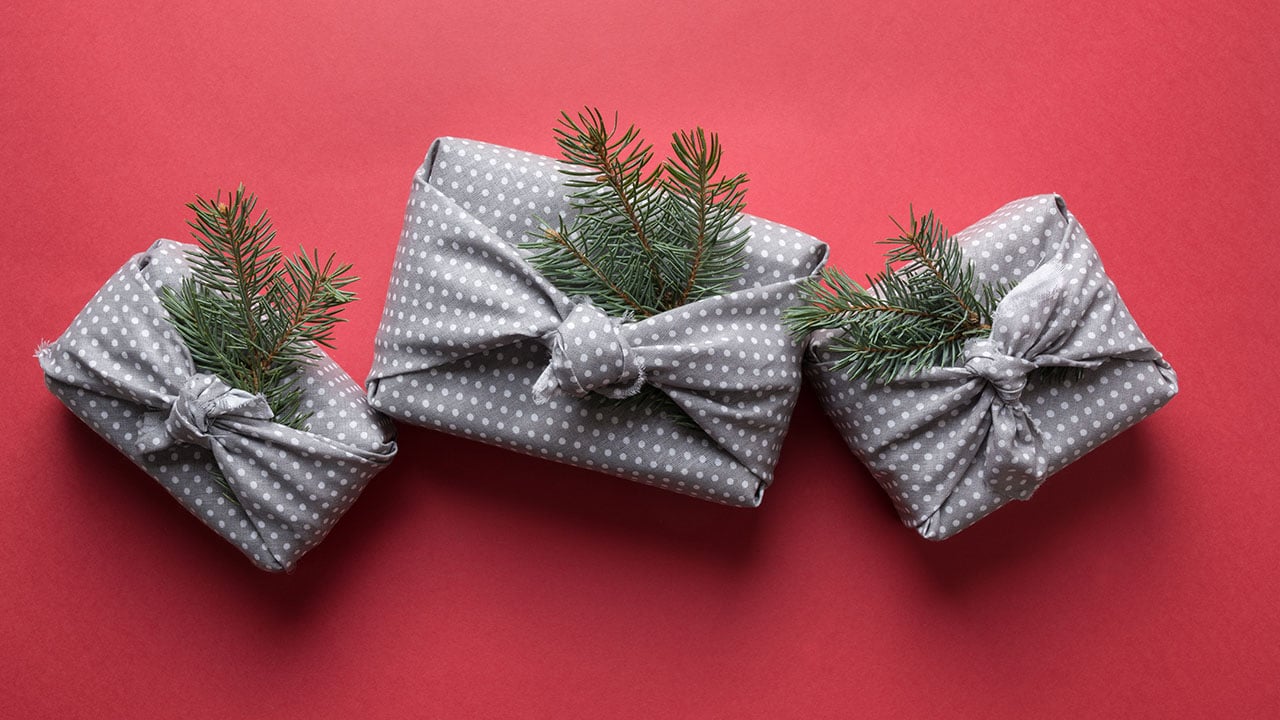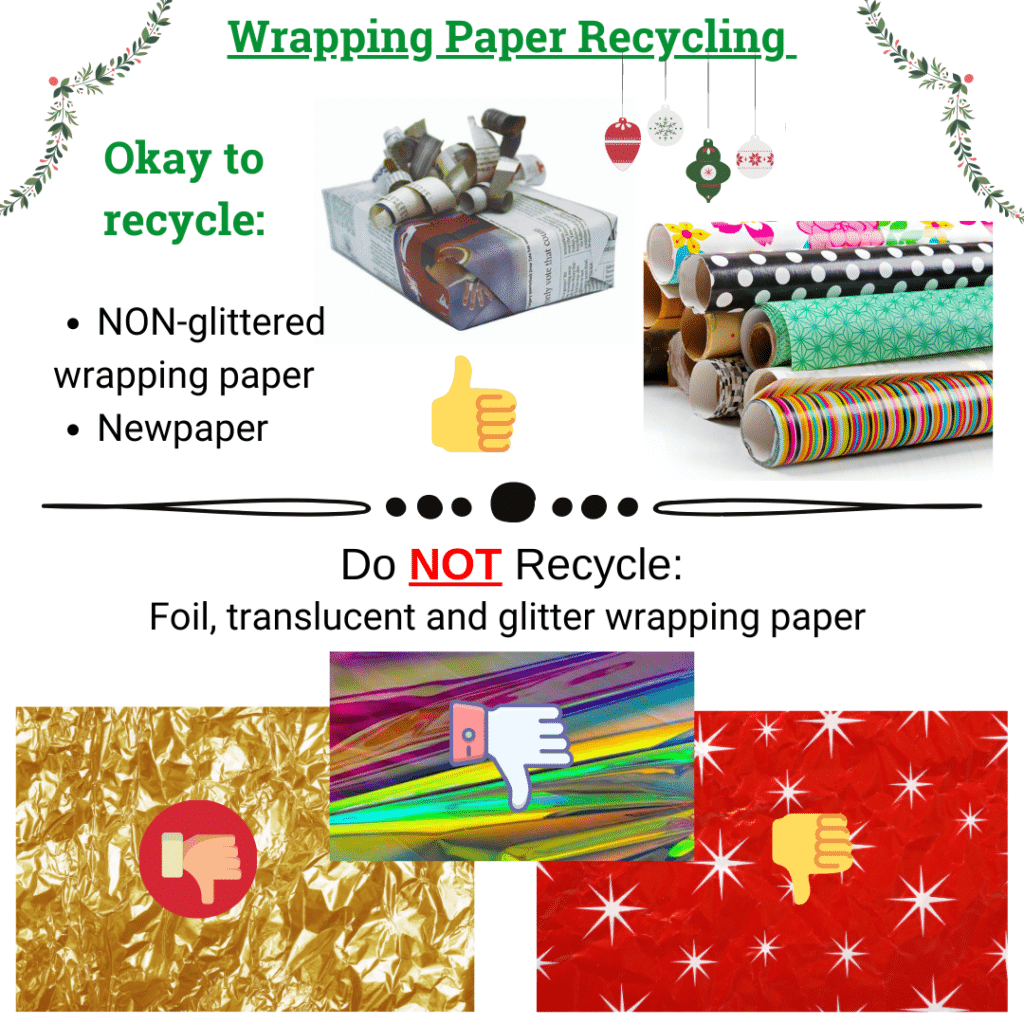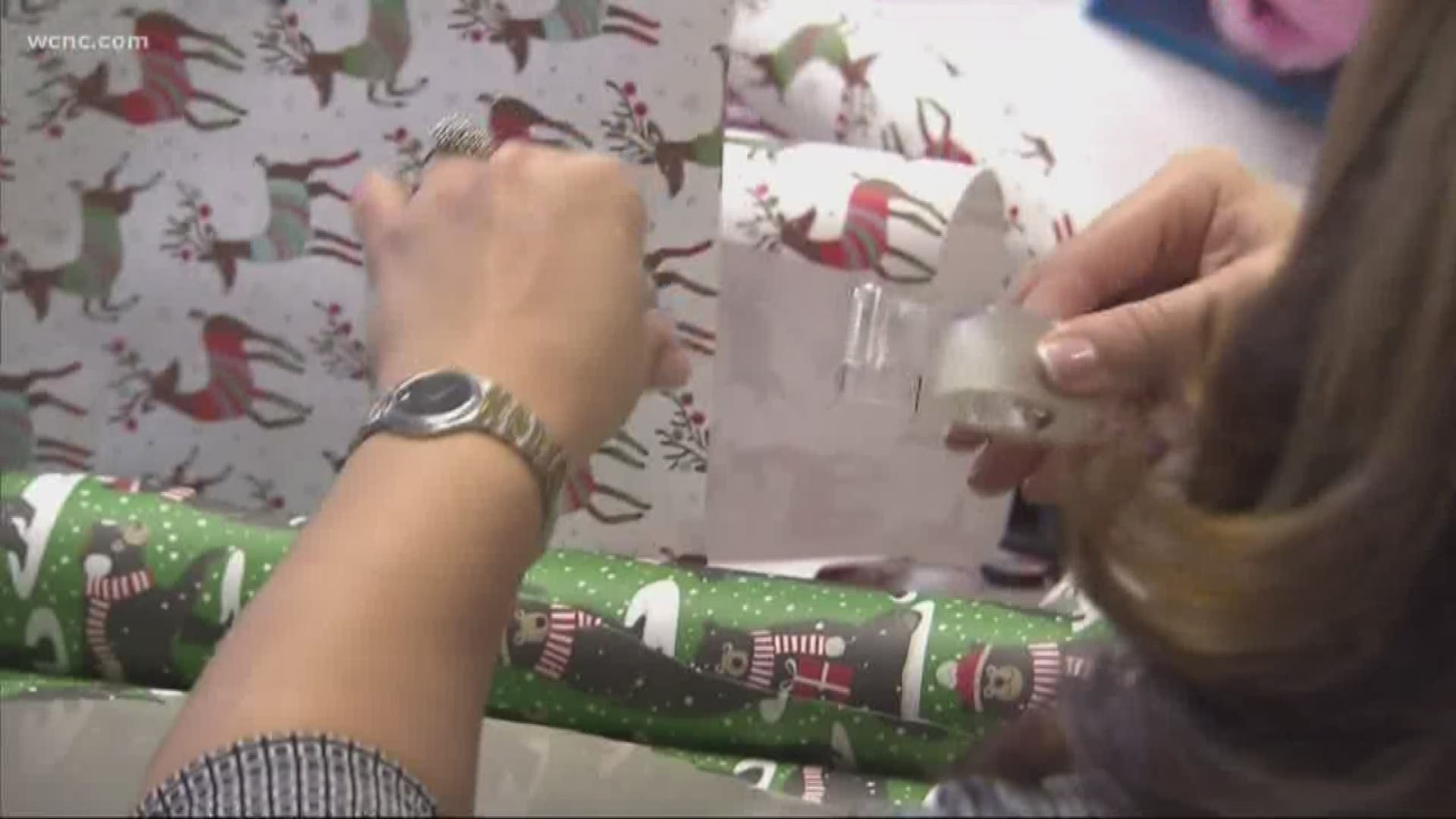

If it does – great! This paper can go in the recycling. Dubbed the ‘scrunch test’, all you have to do is scrunch up the wrapping paper and see if it stays in a ball. Sustainable creative organisation Hubbub has shared a nifty little trick that will help you figure out what wrapping paper can go in the recycling in seconds. However, even with the glitter removed, some wrapping paper still isn’t actually recyclable, but it can be hard to tell just by looking at it. Thankfully, strides have been made in this area, with several retailers including John Lewis, Waitrose and Morrisons committing to banning glitter on the wrapping paper they sell in their stores. While you can go around the room scooping up ribbons and bows to reuse again next year, torn wrapping paper can’t really be reused and quite often it can’t be recycled either, due to the use of plastic coating, foil and glitter (hence why it ends up in the bin). In fact, did you know that the UK uses 227,000 miles of wrapping paper each year? According to sustainable packaging company GWP, that’s approximately four rolls of wrapping paper per household, and 83 square km of the stuff ends up in landfill.

However, these bags will most likely be cut open and then discarded at the sorting facility, so consider using one of your larger paper bags for mixed paper (because it can also be recycled as mixed paper) or dumping your mixed paper loose into the dumpster.Christmas, unfortunately, tends to come with a lot of waste – from leftover food to excess packaging on presents and, of course, the mountain of wrapping paper that builds up in the middle of the room as everyone rips into their gifts. When you drop off, the items are accepted in plastic bags. (Note that another of these separated items is shredded paper.)

So if you want your mixed paper items to have the best chance of being recycled and creating the most value, consider dropping off your mixed paper at one of these drop-off locations into the city’s mixed paper dumpsters. Mixed paper, including recyclable wrapping paper, is one of these items now being sent (at least some of the time) to a separate facility. This separation reduces contamination of recyclables and increases their value. While the curbside pickup recycling is single-stream (meaning, all recyclables are combined together), starting in summer 2019 the city’s drop-off centers are collecting some items in a separate pick-up and send to a separate facility for sorting and recycling. Photos of the city’s paper recycling dumpsters at Construction Junction. Or you could look to traditions like Japanese furoshiki, which uses fabrics to wrap gifts. Consider using a gift bag and tissue paper, which can then be saved and reused by you or your gift recipient. Single-use wrapping paper is commonly used to wrap presents but other materials can be more easily reused. One of the best ways to ensure your wrapping paper is recyclable, and to support the overall recycling market, is to look for wrapping paper made from post-consumer paper. Look for Wrapping Paper made from Recycled Paper. While mixed papers like most wrapping papers are accepted curbside, it can be more valuable to the city if dropped off at one of the city’s various drop-off locations. Also, don’t include tissue paper, which is too thin and poor quality to include in recycling. Remove ribbons, bows, and other accessories. You can also try tearing the paper- if you see a stretchy plastic film along the edges of the tear, don’t put into curbside recycling, but if the tear edge looks fibrous, it’s probably good for recycling. If it keeps the ball shape when you let go, it’s probably okay for recycling. Many kinds of wrapping paper are accepted by Pittsburgh’s curbside recycling program, however there are a few quick tests you should do to make sure it’s appropriate for recycling: First scrunch the paper up into a ball. DO consider reusable wrapping materials or wrapping paper made from recycled material.DON’T include any ribbons, bows, or tissue paper.DO put most forms of wrapping paper into curbside recycling (see below for 2 quick tests to check for recyclability).


 0 kommentar(er)
0 kommentar(er)
